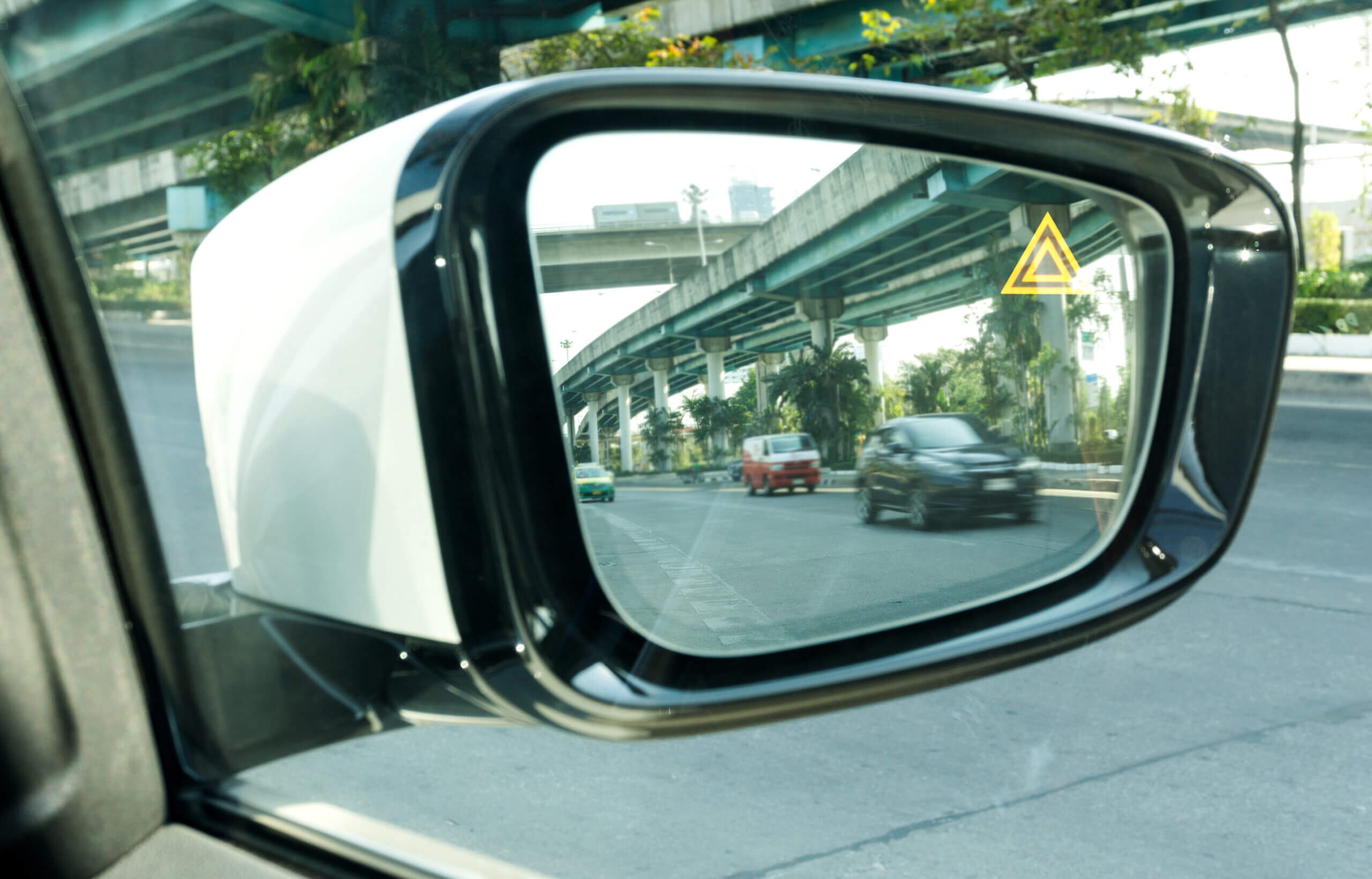
11 Apr Does Blind Spot Monitoring Really Work?
Blind spot monitoring (BSM) is one of the most popular and widely integrated safety features in modern vehicles. As part of a broader suite of advanced driver assistance systems (ADAS), blind spot monitors help drivers become more aware of vehicles lurking in hard-to-see areas alongside and behind their car. But does blind spot monitoring really work, and is it foolproof? Here is the answer from National Auto Collision Centers.
How Blind Spot Monitoring Works
Blind spot monitoring uses sensors mounted on the sides or rear of a vehicle to detect nearby cars in the driver’s blind spots. When a vehicle enters this zone, the system alerts the driver via visual or auditory signals. This helps to reduce the chances of accidents during lane changes or merges. Many modern systems also come with additional features such as lane-keeping assist, which can gently steer the vehicle back into its lane if it detects unintentional drifting. These features work together to provide a comprehensive safety net while driving, especially on highways or congested roads where blind spots can pose a significant risk.
The Effectiveness of Blind Spot Monitoring
Blind spot monitoring is generally considered an effective safety feature. It helps by providing an extra layer of awareness for drivers, especially when visibility is limited, such as during poor weather conditions, at night, or when there are other obstacles. The real-time alerts provided by the system allow drivers to make safer, more informed decisions while changing lanes or merging onto highways, where accidents are most common.
Not Foolproof: Limitations of Blind Spot Monitoring
However, as effective as blind spot monitoring is, it is not without limitations. While BSM systems can detect vehicles in the blind spot, they are not infallible. For example, some sensors may struggle to detect smaller vehicles such as motorcycles or low-riding cars, especially in poor weather conditions when the sensors may become obstructed or less accurate. They also only alert the driver to the presence of a vehicle in the blind spot, but do not account for factors such as the vehicle’s speed or the presence of an impending hazard. As a result, while BSM is useful, it should never be solely relied upon to determine when it is safe to change lanes.
Always Double-Check
The most important takeaway when using blind spot monitoring is that it should be seen as an assistive tool, not a replacement for good driving habits. Drivers should never depend on the system to make decisions for them. It’s crucial to always perform a manual check of the mirrors, glance over your shoulder, and use your best judgment before changing lanes.
If you’ve experienced a blind spot accident, National Auto Collision Centers is here to help. Our expert team specializes in collision repair, ensuring your vehicle is restored to its pre-accident condition. We work with your insurance company to make the process as smooth as possible. Don’t let an accident slow you down—contact our Tucson, AZ, repair shops today for an estimate and let us handle the repairs.

